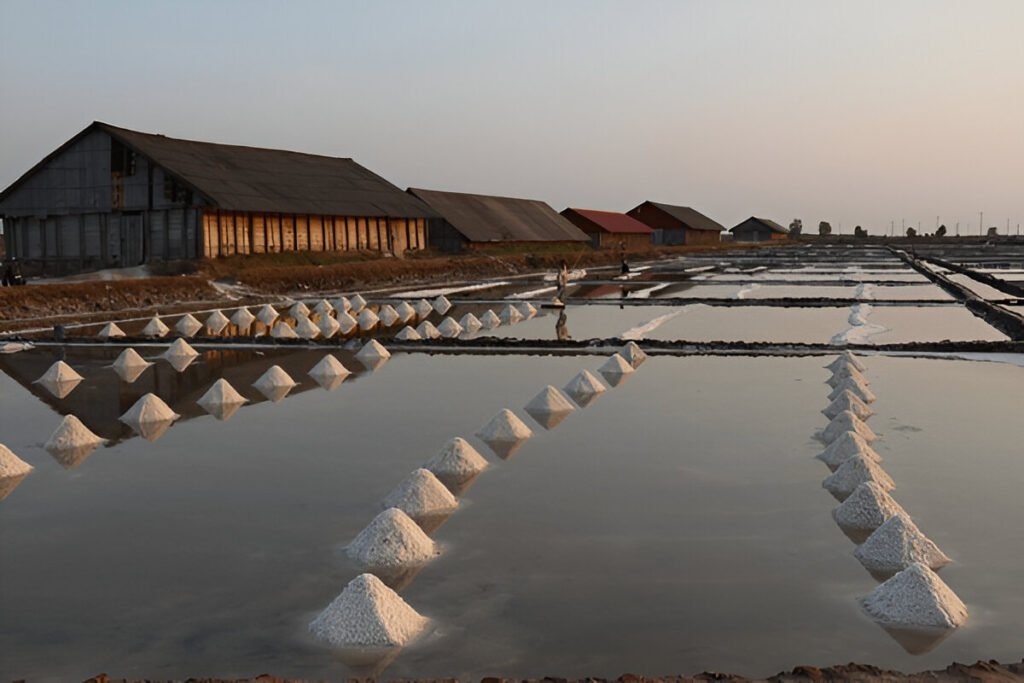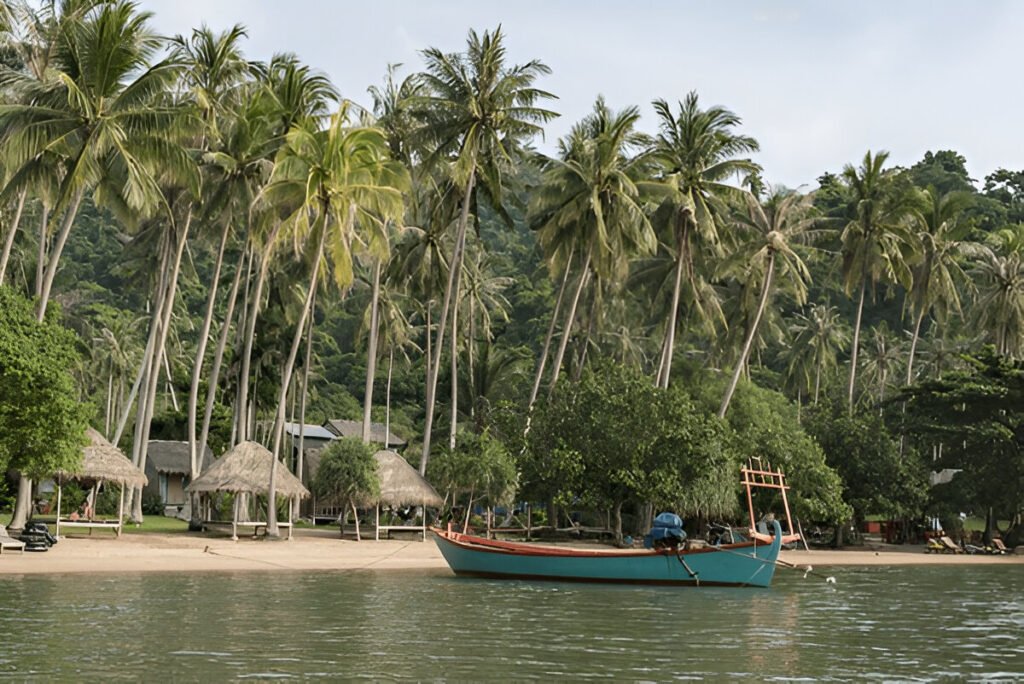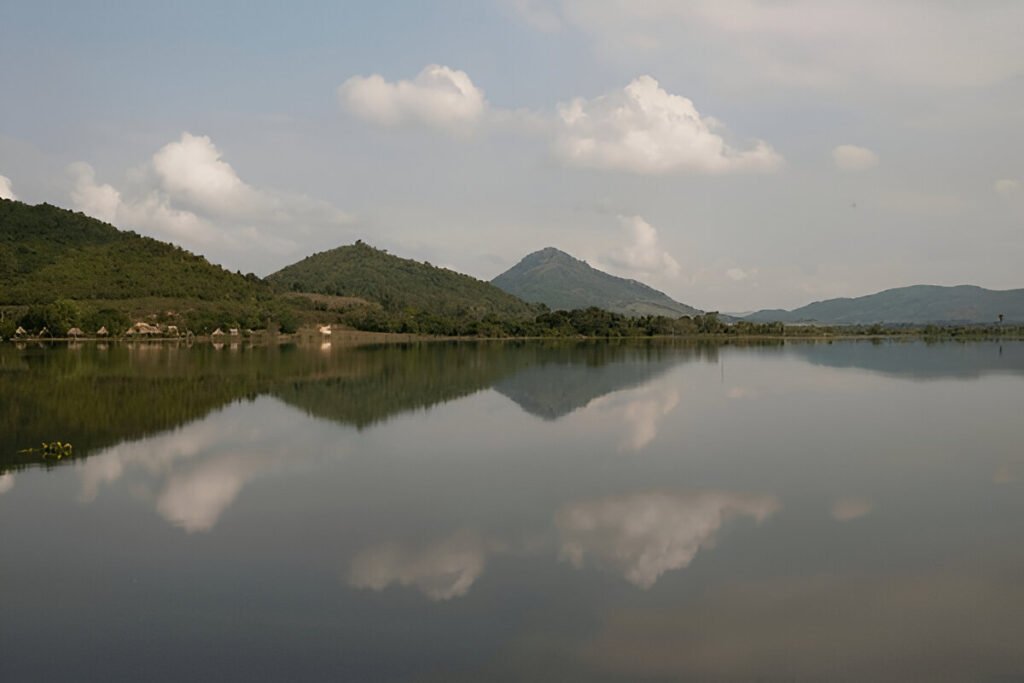Introduction:
Nestled in the heart of Guangxi Zhuang Autonomous Region of China, the Longji Rice Terraces are an awe-inspiring testament to the power of human ingenuity and perseverance. These breathtakingly beautiful, cascading layers of lush, verdant fields carved into the steep hillsides have been cultivated by the Zhuang and Yao people for over 800 years. A visit to this agricultural wonderland is an adventure into a vibrant tapestry of culture, tradition, and natural beauty, making it a must-see destination for anyone seeking an authentic, off-the-beaten-path experience.
Unveiling the Splendor of Longji Rice Terraces
As one ascends the meandering mountain path, the first glimpse of the Longji Rice Terraces is a sight to behold. A sea of vibrant green emerges triumphantly from the mist, the terraced fields rising and falling with the contours of the mountains like the scales of a dragon’s back. In the morning light, the terraces are painted with a golden hue, while the setting sun casts a fiery crimson glow across the fields. Each season offers a unique spectacle, from the lush greenery of the growing season to the golden harvest in autumn, and even the serene beauty of the terraces filled with water in spring.
The Longji Rice Terraces are not just an agricultural marvel, but also a testament to the harmonious coexistence of man and nature. For centuries, the local Zhuang and Yao ethnic minorities have meticulously cultivated these fields, creating an intricate irrigation system that has turned rugged slopes into fertile lands. Their resilience and innovation are reflected in each terraced layer, embodying a living history that continues to shape the landscape today.
A Journey into the Vibrant Mosaic of Agricultural Majesty
Exploring the Longji Rice Terraces provides visitors with a profound appreciation for the region’s rich cultural tapestry. The local Zhuang and Yao communities have preserved their unique customs and traditions, offering a glimpse into their way of life. For instance, the Yao women are known for their long, glossy hair, which they believe brings good luck and longevity. Meanwhile, the Zhuang people are celebrated for their colourful embroidery and silver jewellery, which often feature intricate designs inspired by nature and mythology.
Visiting the various villages scattered around the terraces, such as Ping’an and Dazhai, offers an immersive cultural experience. Each village has its own charm and character, shaped by the unique customs and traditions of its residents. Visitors can witness traditional farming practices, participate in local festivals, or even try their hand at rice planting or harvesting. Such immersive experiences provide a deeper understanding of the symbiotic relationship between the people and the terraces, and the crucial role this plays in sustaining the community and its way of life.
Local Tips:
The best time to visit the Longji Rice Terraces is between May and October, when the terraces are a lush, vibrant green or a golden yellow, depending on the stage of the rice-growing cycle. Comfortable, sturdy footwear is a must, as the paths can be steep and slippery. It’s also advisable to bring a hat, sunscreen, and water, especially during the summer months. While most locals speak Mandarin, learning a few basic phrases in Zhuang or Yao dialects can enhance your interaction with the communities.
How to Get There:
The Longji Rice Terraces are best accessed from Guilin, which is about 2.5 hours away by car. Public buses are also available from Guilin bus station. Alternatively, many tour companies offer guided trips which include transportation, meals, and a guide who can provide insightful commentary about the terraces and the local culture.
Nearby Attractions:
After visiting the Longji Rice Terraces, consider exploring other attractions in the region, such as the Reed Flute Cave and the Elephant Trunk Hill in Guilin. The charming town of Yangshuo, known for its stunning karst landscape, is also worth a visit. If time permits, a cruise along the Li River offers picturesque views of the region’s breathtaking scenery.
Conclusion:
The Longji Rice Terraces are more than just a stunning display of agricultural ingenuity. They represent a harmonious balance between humans and nature, a testament to the enduring spirit of the local communities, and an opportunity to delve into a vibrant cultural tapestry. As you navigate the undulating terraces, absorb the rhythms of daily life, and interact with the welcoming locals, you will undoubtedly leave with a deep appreciation for this remarkable place and its people. So come, step off the beaten path, and immerse yourself in the enchanting world of the Longji Rice Terraces. Your adventure awaits.






